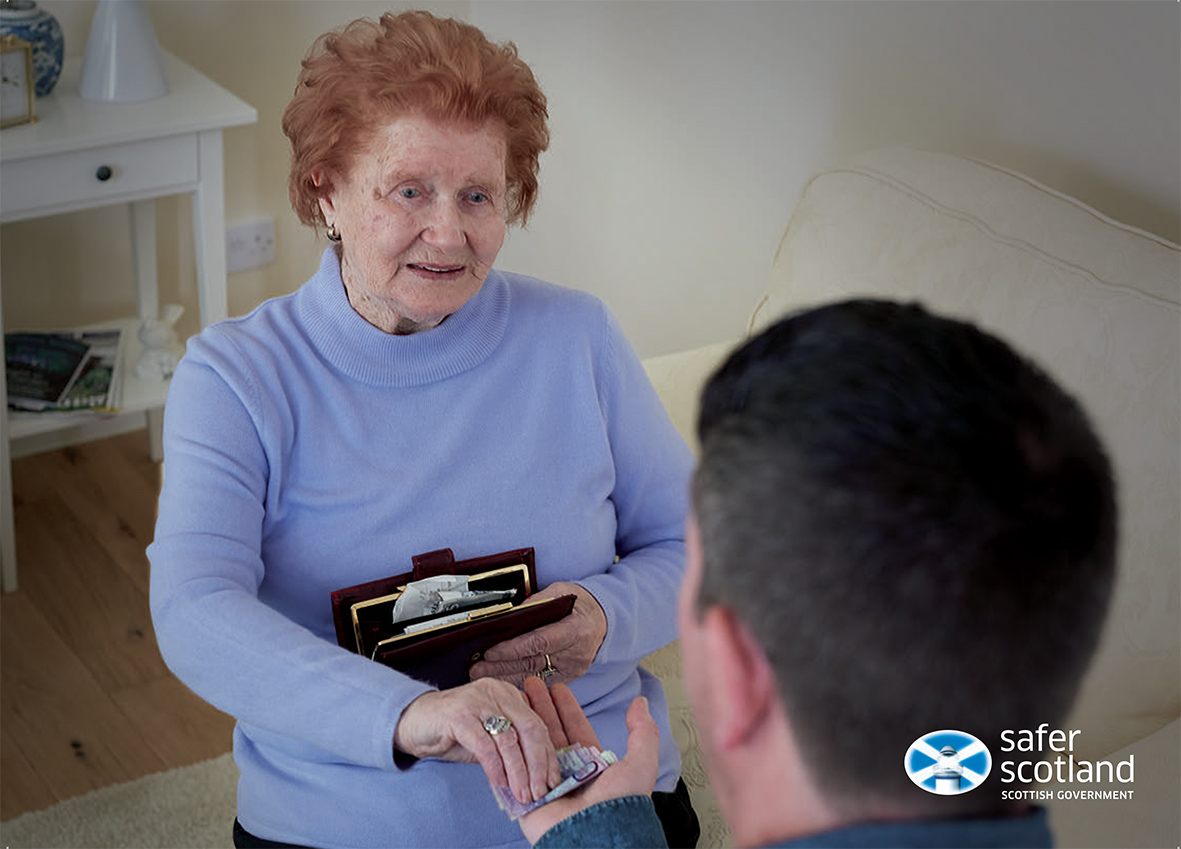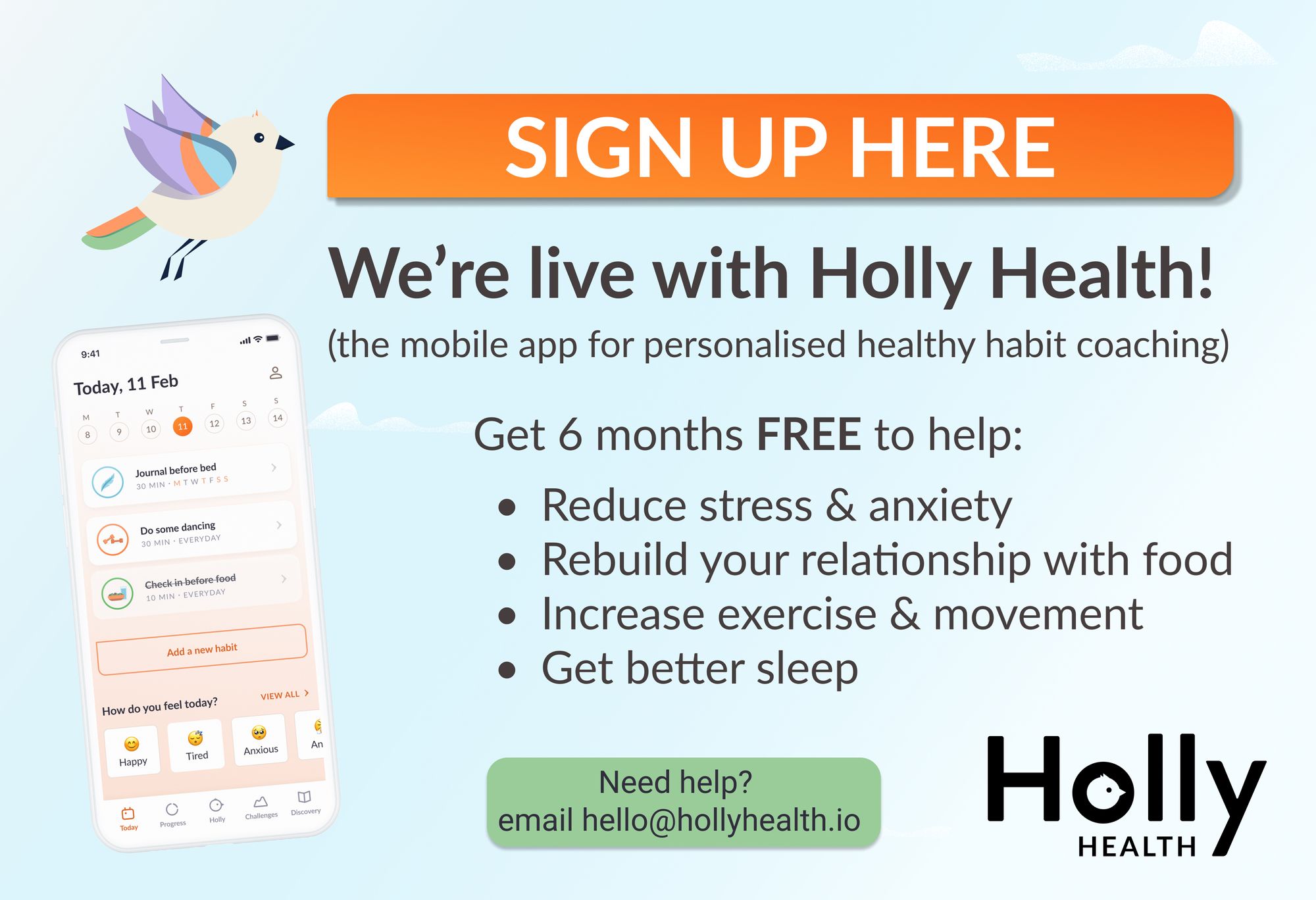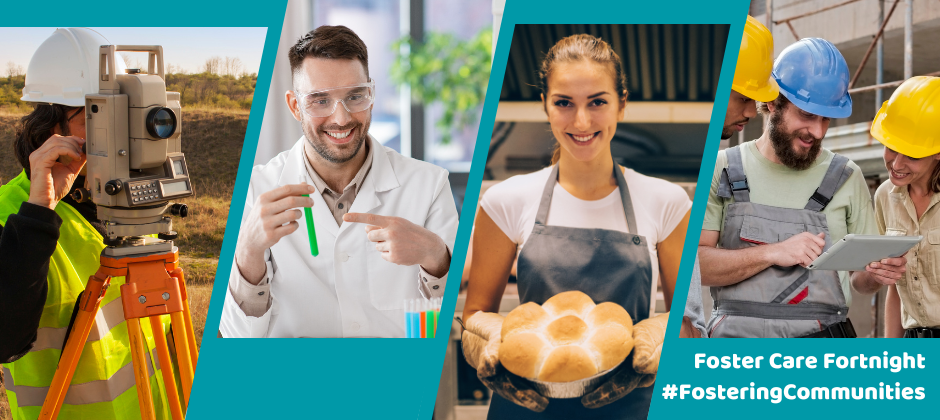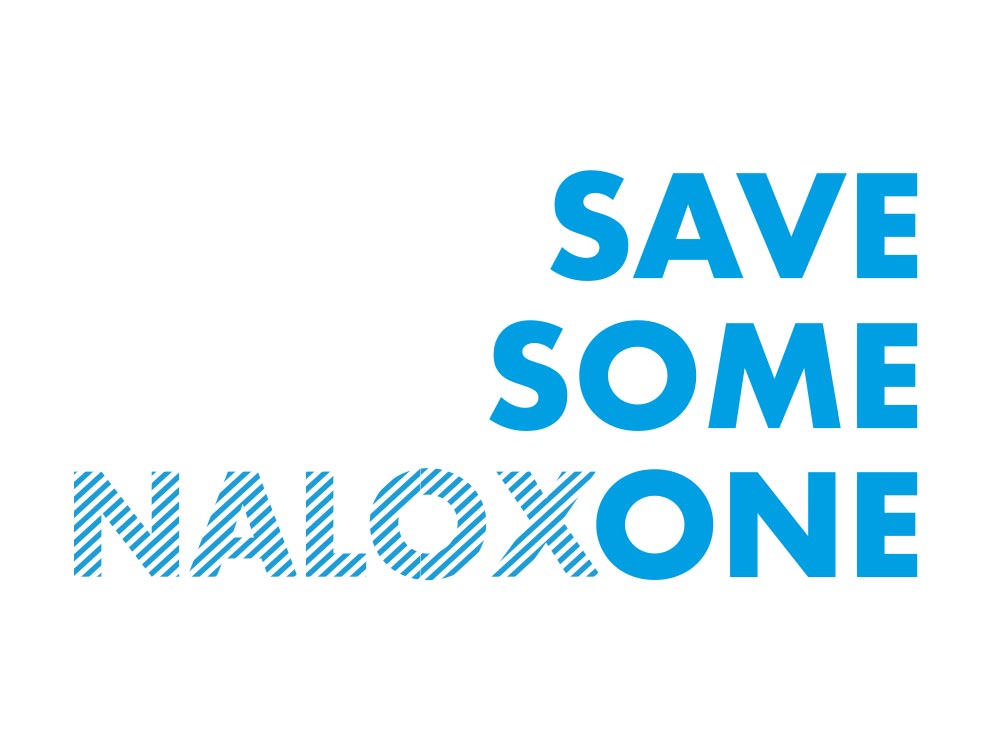
Naloxone – Save Someone
Naloxone is a life-saving drug that can be given to a person in the event of an overdose, temporarily reversing its effects and buying critical time until emergency services arrive. It does this by blocking the opioid receptors in the brain, which can prevent life-threatening complications for up to 40 minutes.
Free Naloxone kits are available for collection across East Ayrshire.
It’s safe and easy to use and free training is available so you can feel completely confident should the need to administer Naloxone ever arise.
Anyone can carry Naloxone and anyone can save a life.
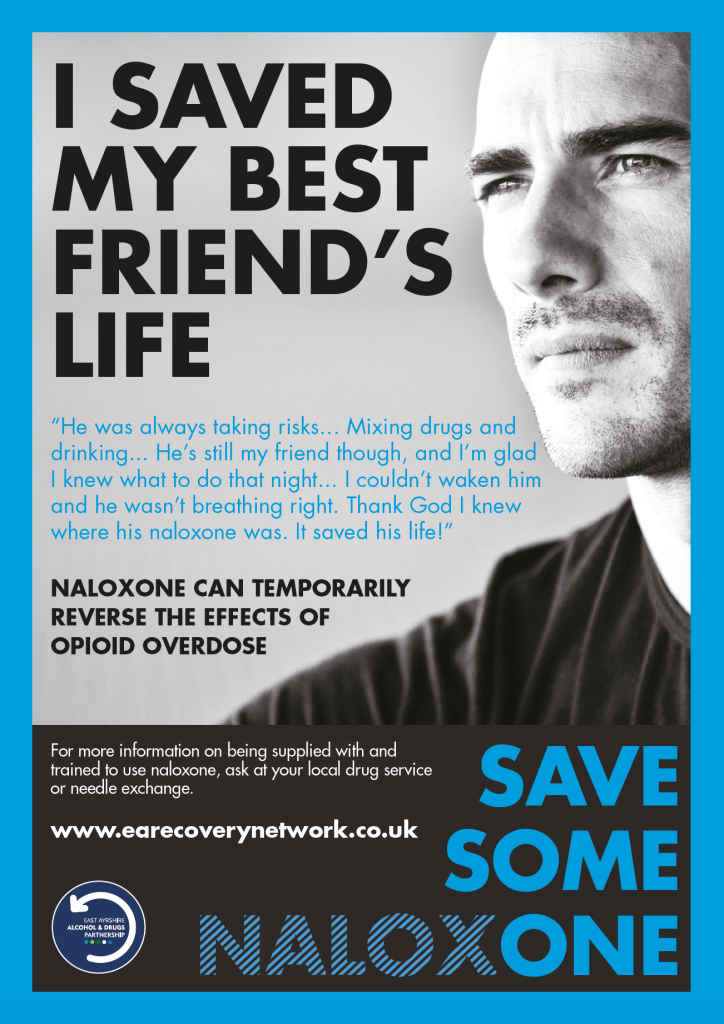
Know the signsWould you recognise the signs of a drug overdose? To save lives, it’s vital that we know what to look out for. A drug overdose can be diagnosed by the following symptoms:
If you see these signs, it’s important to act as quickly as possible. Here’s a list of DOs and DON’Ts for how to help someone who has overdosed. DO
DON’T
It may seem scary, but please don’t worry. To ensure you know exactly what to do, free Naloxone training will be given along with your Naloxone kit. |
Where to access Naloxone
You can pick up a Naloxone kit from one of our many Alcohol and Drugs Partnership (ADP) partners below:
NHS Rapid Access to Drug and Alcohol Recovery (RADAR)
RADAR is a collaborative venture between NHS Ayrshire & Arran, East Ayrshire Advocacy, Ayrshire Council on Alcohol and We Are With You.
The RADAR service ensures that those with substance use issues can access same-day prescribing.
North West Area Centre
Western Road
Kilmarnock
East Ayrshire
KA3 1NQ
Telephone: 01563 578770
East Ayrshire Advocacy (EEA)
EEA works across East Ayrshire to help at-risk and vulnerable individuals to access services.
20 Lindsay Street
Kilmarnock
East Ayrshire
KA1 2BB
Telephone: 01563 574442
We Are With You (WAWU)
WAWU can provide advice on how to overcome drug use issues and provide a supportive environment for those seeking help.
Kilmarnock Train Station Basement Underpass
Kilmarnock
East Ayrshire
KA1 2AF
Telephone: 01563 558777
To find WAWU at Kilmarnock Train Station, walk up the underpass stairs at the lower front entrance (top of John Finnie Street at the taxi rank area) and WAWU is on your left before the first set of platform stairs.
From the Hill Street rear entrance, WAWU will be on your right after the second set of platform stairs.
Patchwork
Patchwork is a volunteer-run recovery network that provides people with pre-existing drug and alcohol use issues an opportunity to engage in volunteering activities.
15 Wellington Street
Kilmarnock
East Ayrshire
KA3 1DW
Telephone: 01563 624528
Scottish Families Affected by Alcohol & Drugs
Scottish Families Affected by Alcohol & Drugs offer an online application and delivery service for Naloxone.
Supporting partners
We’d like to acknowledge the fantastic support we’ve so far received from a number of partners, all of whom are helping to raise awareness of Naloxone by actively promoting it and by carrying Naloxone kits themselves.
Thistle Cabs are displaying service details in their taxis, and a number of drivers have been trained in administering Naloxone and are Naloxone Champions.
Naloxone testimonials
Naloxone has already saved so many lives across Scotland, preventing the needless loss of friends, family members and colleagues to drug overdose.
Here you can read the incredible stories of people who have experienced Naloxone first-hand, whether through saving a life or getting a second chance at their own.
Emily’s Story
Emily’s story shows how important it is to always have your Naloxone kit with you.
On arriving at her brother’s house to drop off shopping, Emily realised he was unresponsive and that his skin was grey. She also noticed that he was snoring loudly and making rasping sounds, which her Naloxone training had taught her is a sign of overdose and that he wasn’t simply sleeping.
Emily called her sister for advice, as they had both undertaken Naloxone training, and her sister told her to call an ambulance. She knew there was Naloxone in the house but was unable to find it and also didn’t know where her own supply was. Thankfully, Emily’s sister lived nearby and told her she would come round immediately.
Emily called the ambulance and her sister arrived shortly afterwards, assembled the Naloxone and administered two doses without effect. On administering the third dose her brother began to regain consciousness. They placed him in the recovery position and spoke to him whilst they waited for the ambulance.
The ambulance took 20 minutes to arrive. Both Emily and her sister don’t think their brother would have lasted another 20 minutes.
When the ambulance arrived, Emily’s brother was taken to hospital for treatment. He was discharged the next day with a RADAR leaflet and Emily and the rest of his family are encouraging him to get in touch with addiction support services. He advised the medics that he had only taken a small amount of heroin and four ‘street Valium’ (small white tablets).
Emily and her family all have a supply of Naloxone but they have asked for further supplies so that Emily can carry one in her car and to replace the used one. This will ensure Emily always has a Naloxone kit to hand and will be prepared if the need to administer Naloxone ever arises again.
Without Naloxone, Emily’s brother may well have become another loved one lost to drug overdose.
Adam’s Story
Adam is a volunteer with East Ayrshire Churches Homelessness Action (EACHa) and regularly helps out at their Wednesday drop-ins. He took part in the Naloxone training provided by the Prevention and Service Support Team, and always carries his Naloxone kit with him. He has used his supply on two occasions. This is his story.
“I was waiting for a bus at the station one day after leaving the drop-in and saw a young girl slip off a bench to the ground. She’d lost consciousness. I went over to help, along with another girl (who turned out to be a trainee nurse).
“I’m a trained first aider, so placed her in the recovery position and asked if someone could go to the office and phone for an ambulance. … I wasn’t sure what was wrong with the girl, but some passers-by knew her, and told me that she was known to use illicit substances. I had my Naloxone with me and immediately administered one dose into her leg, waited 20-30 seconds and administered another.
“Her breathing was shallow, but after the third and fourth doses it improved a little. Paramedics arrived within fifteen minutes to take her to hospital … I handed over the needle to the paramedics, telling them what I’d done.
“On the second occasion I went home early from volunteering as I felt unwell. I had a text from the wife of a neighbour, Rodger. She knew about my earlier experience with Naloxone and told me that Rodger had “taken stuff” and that she’d put him out into the street. I found Rodger wandering around on the road and took him into my own house.
“While I was in the kitchen making tea, Rodger had a fit on the couch. A text from his wife confirmed he had taken tramadol, gabapentin and street Valium, on top of his prescribed methadone. I phoned for an ambulance then administered all five doses, one at a time.
“The paramedics arrived within twenty minutes. They treated Rodger with kindness and allowed me to accompany him to hospital. He was treated well by the clinical staff at the hospital.
He didn’t require further treatment as the Naloxone had done its job. A friend came to the hospital to take us home, Rodger realising how close he’d come to death and vowing never to let that happen again. I see Rodger often and he has stuck to his promise. There has been no repeat of the overdose.
“If I hadn’t been a volunteer at EACHa, I would not have known about Naloxone, received the training, or had my Naloxone on me. I’m delighted that knowledge of Naloxone is becoming widespread, and I strongly recommend that people take the training if offered.”
What Naloxone means to me
The following is a collection of testimonials from members of East Ayrshire Recovery Network, many who have had personal experience with administering or receiving Naloxone.
“Naloxone has become very important to me. It’s the difference between walking away from a friend who’s taken an overdose and being able to help them. In my world you don’t call for help, you find Naloxone.
“Readily available supplies have been game changers for my community. It’s well used and we all have supplies, even though I’ve now escaped addiction. I keep supplies and all my friends know I’m never far away. Naloxone didn’t mean much to me at first, even though I’d seen so many friends saved by it. It was only when I had to use it on my young cousin that my views changed. I could never have lived with the fact that, if he had passed away in my presence, my granny would never have forgiven me.
“When I received Naloxone myself I wasn’t very impressed by the fact my life had been saved, but now I am free of addiction and my state of mind is better. I now think it was wonderful and I’m so grateful I get to share my experiences and help others. My community has been ravaged by drug deaths.
“Before Naloxone was widely available it was common for addicts to abandon friends who had overdosed because of the police involvement. Not so with Naloxone. With it being available to all, we can deal with the issues, in most cases, without the involvement of authorities.
The amount of older addicts saving younger users is probably the most important thing here, with the older addicts not caring so much about their own death, but saving larger number of others because they always have the supplies to do so. They have seen enough death and Naloxone just gives them that little bit of hope that they can do something about this.
“Every life saved counts here. Everyone should carry a supply of Naloxone if possible. … I know addiction is like an underworld, but I can safely say Naloxone is being heavily used in certain households, sometimes repeatedly in the same household in just one week.
“I would say the lives saved outweigh the lives lost here. That is a strong statement in the scheme where I live, but hard facts.
“Thank you Naloxone.”
Testimonials from East Ayrshire Advocacy
The following testimonials come from service users of East Ayrshire Advocacy.
John
“It just felt like I was waking up.” – A service user whose life was saved after receiving Naloxone.
Michael
“It felt great but it was also horrific. He wasn’t breathing and we had to do CPR. We sang the Bee Gees: ah, ah, ah, Staying Alive when I was giving chest compressions. It was extremely exhausting. When the ambulance came they had to give him another two Naloxone injections and adrenaline before he came to. It’s such a great feeling knowing that he’s still here and that I saved his life.”
Irene
“Thanks for the Naloxone. I saved another life at the weekend and I need more.”
Louise
“When I asked her if she was nervous, she said: ‘No, I have saved lots of lives now and because of Naloxone my friends are still alive’.”
